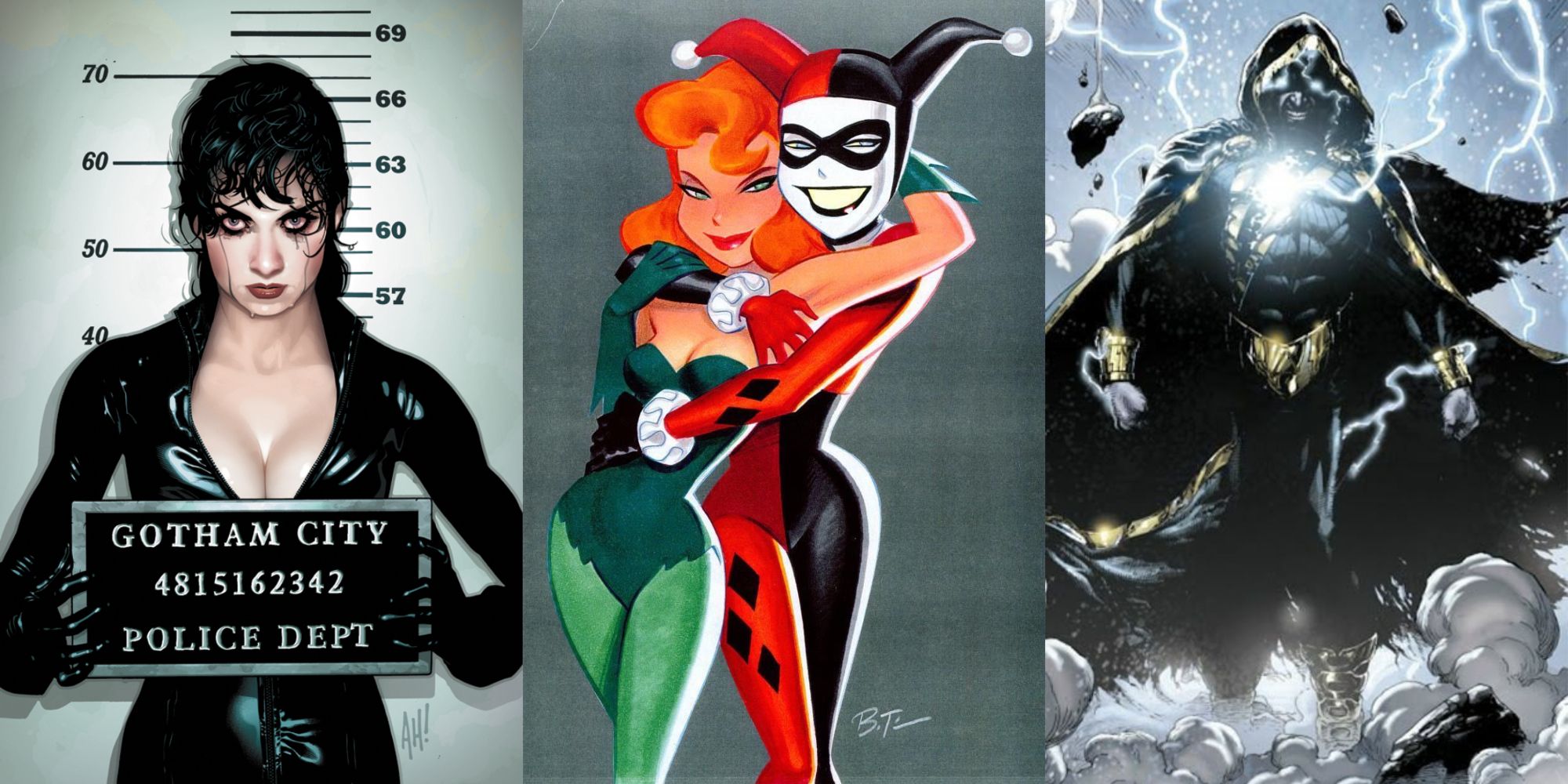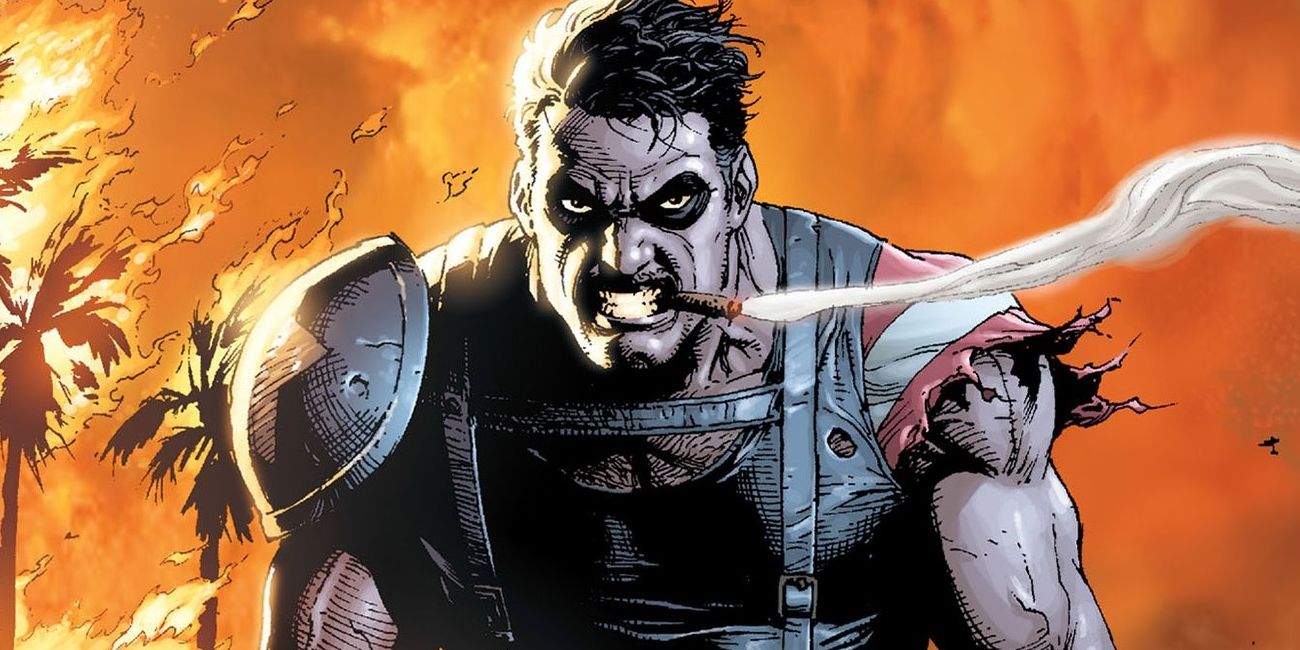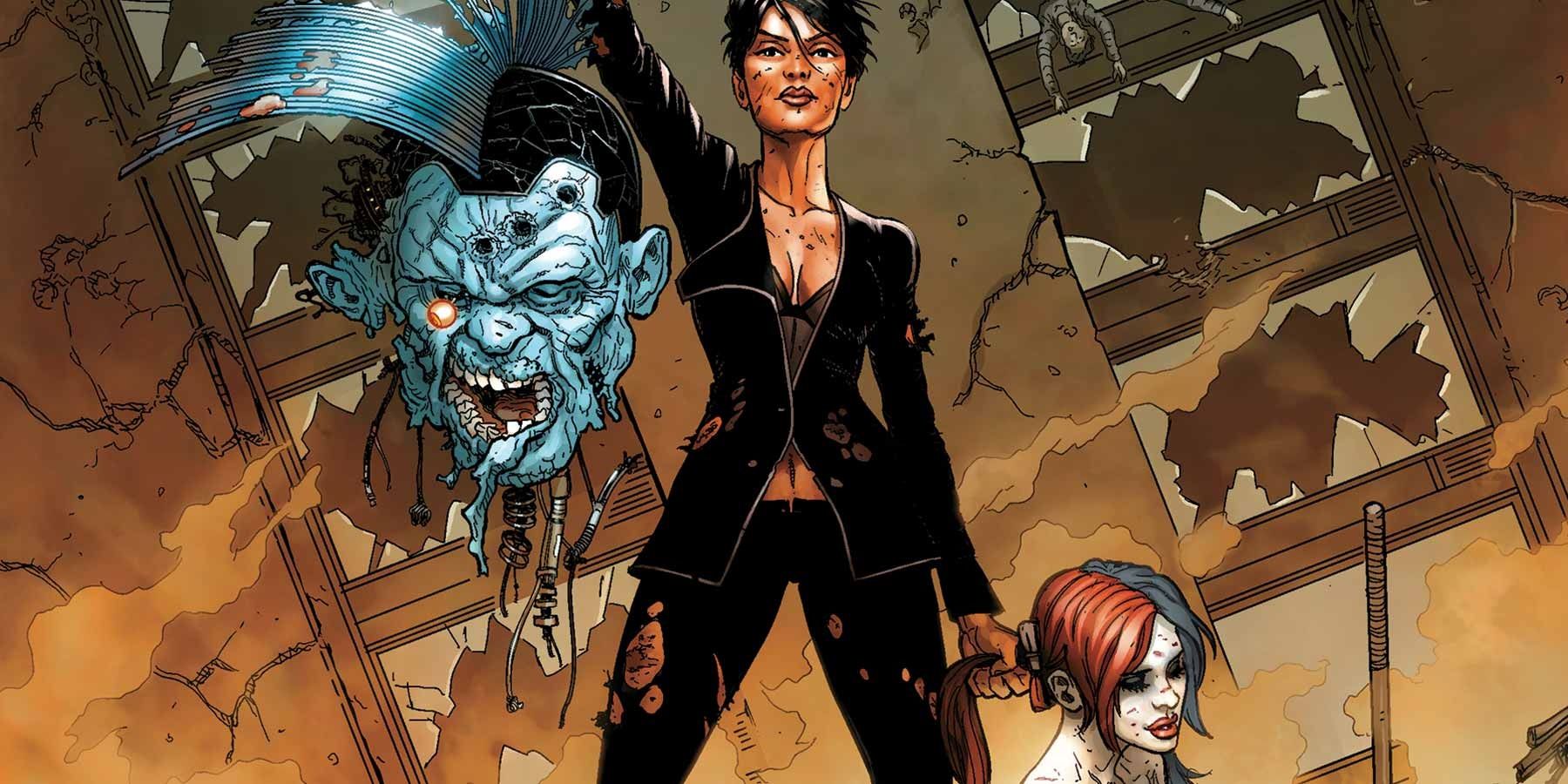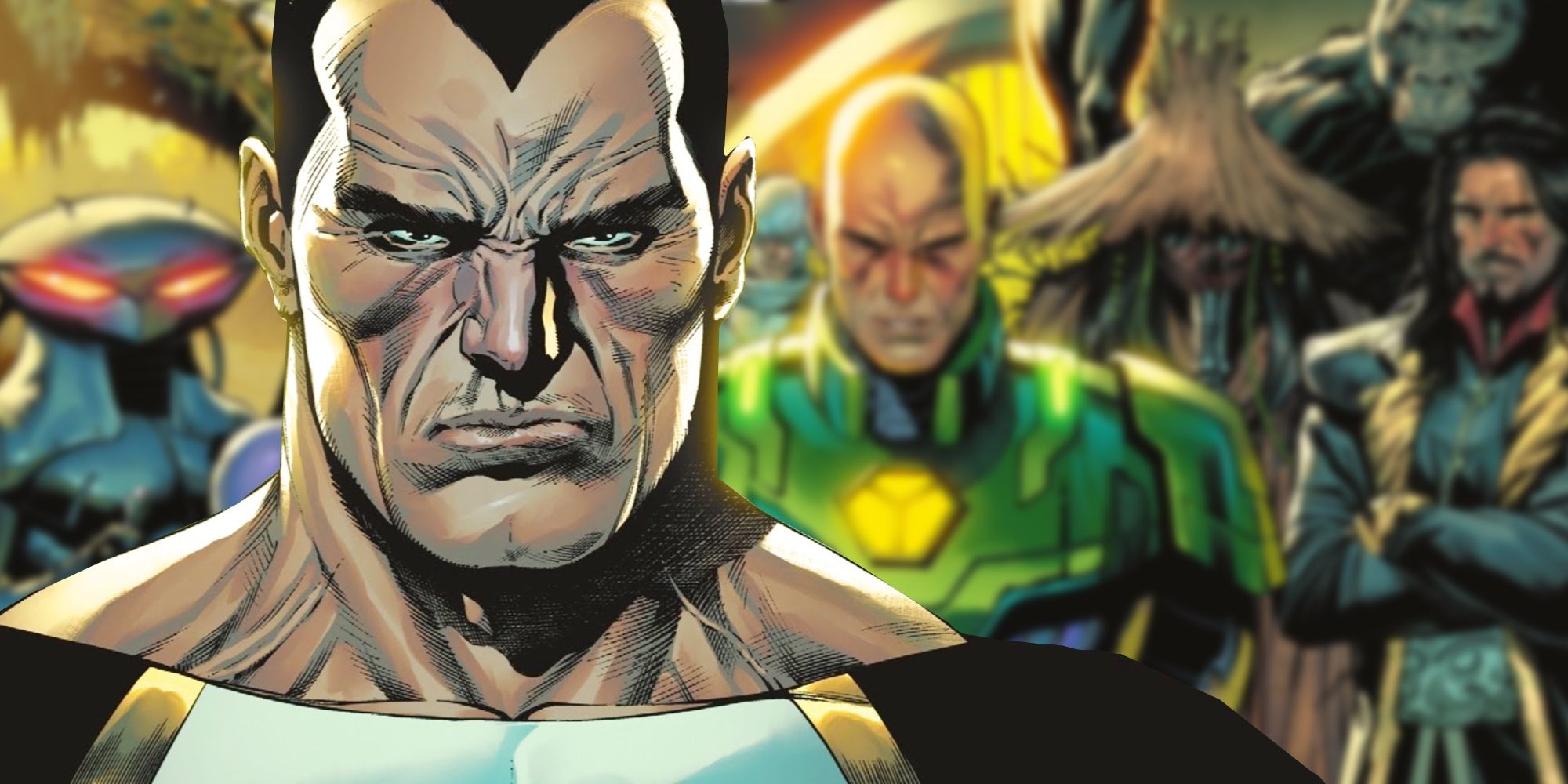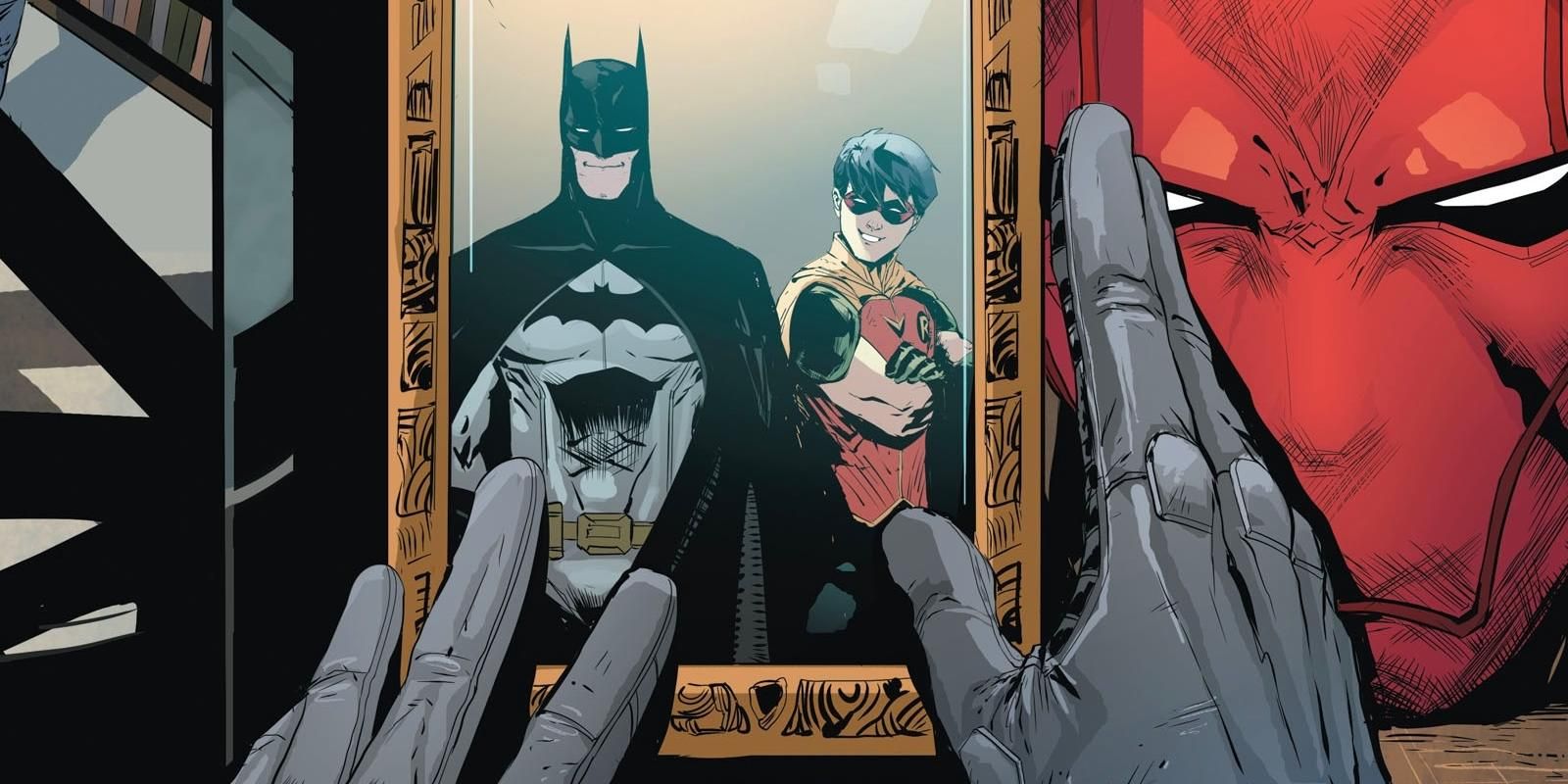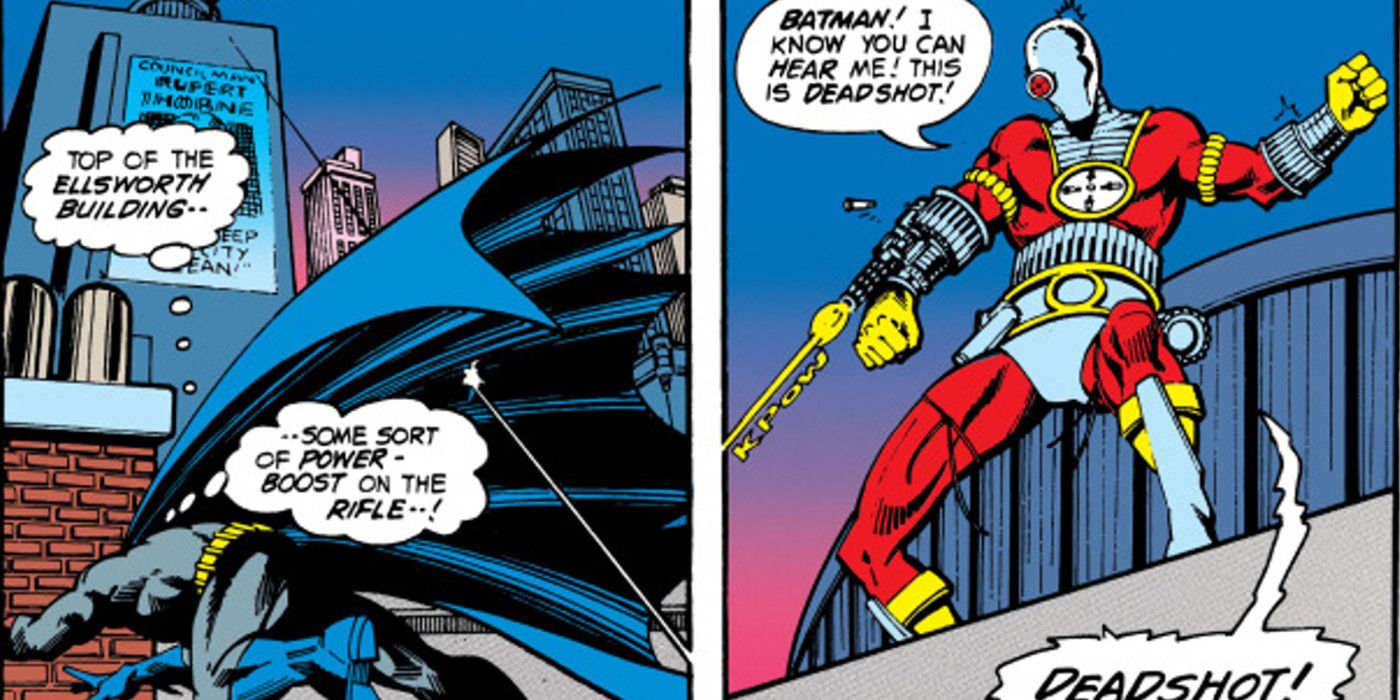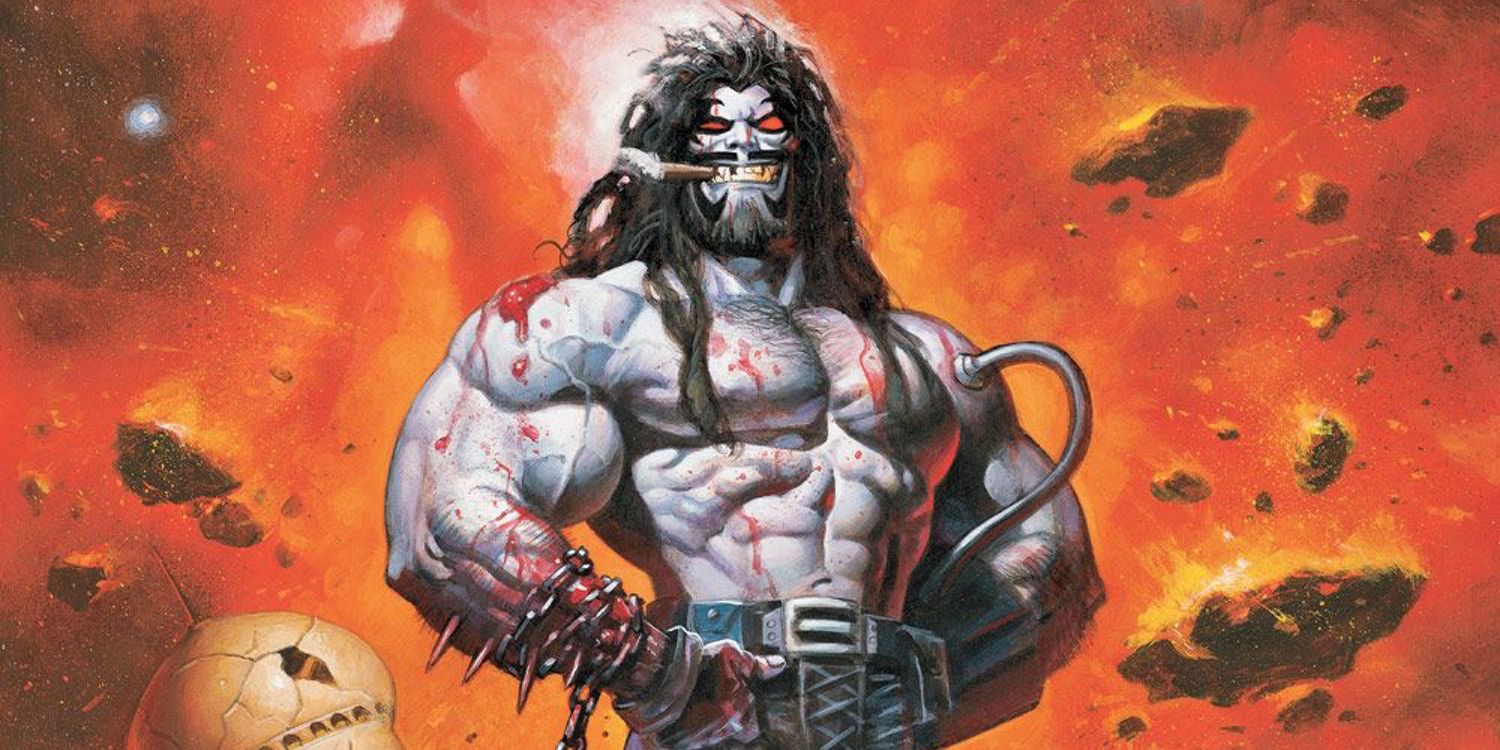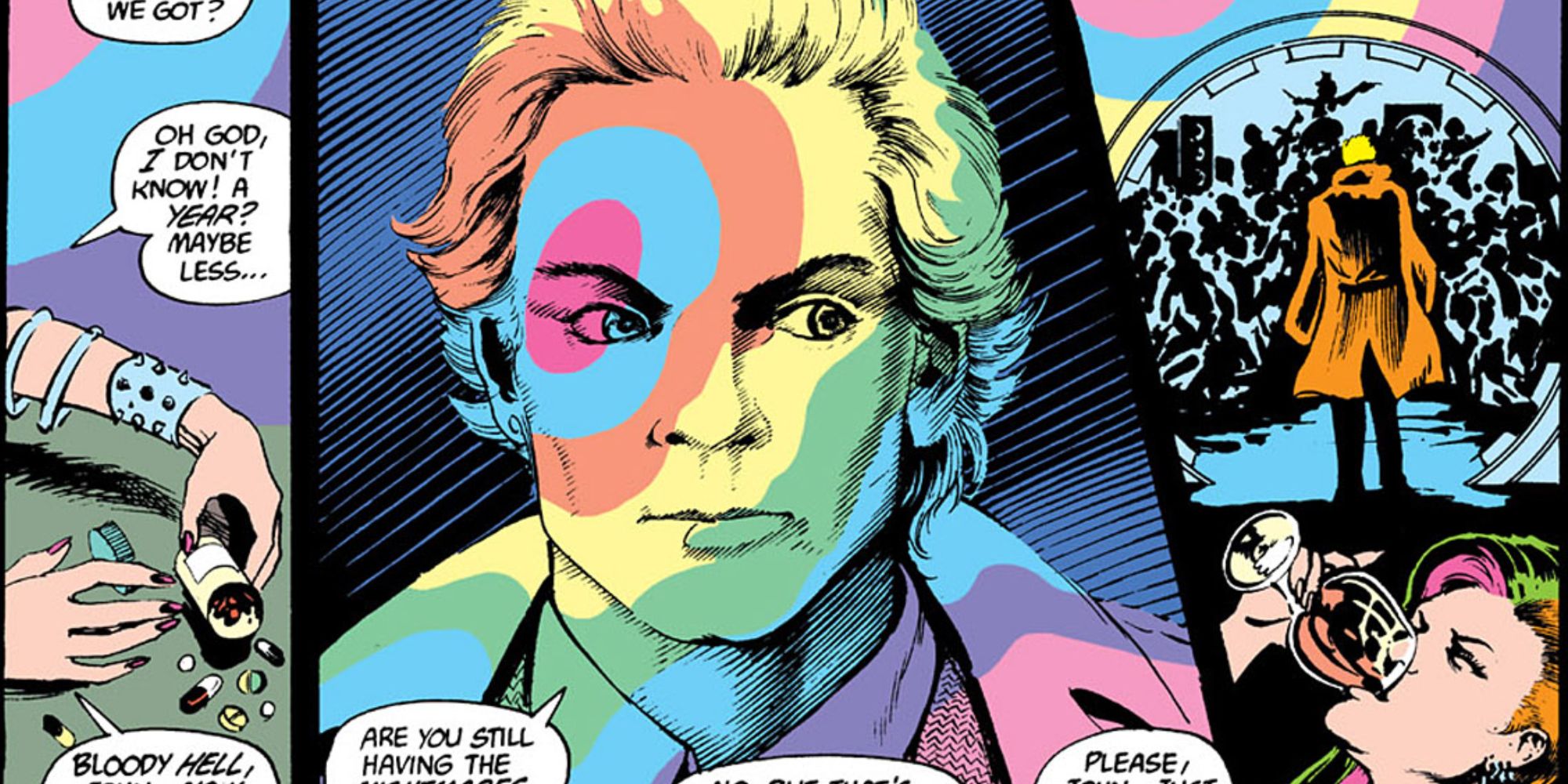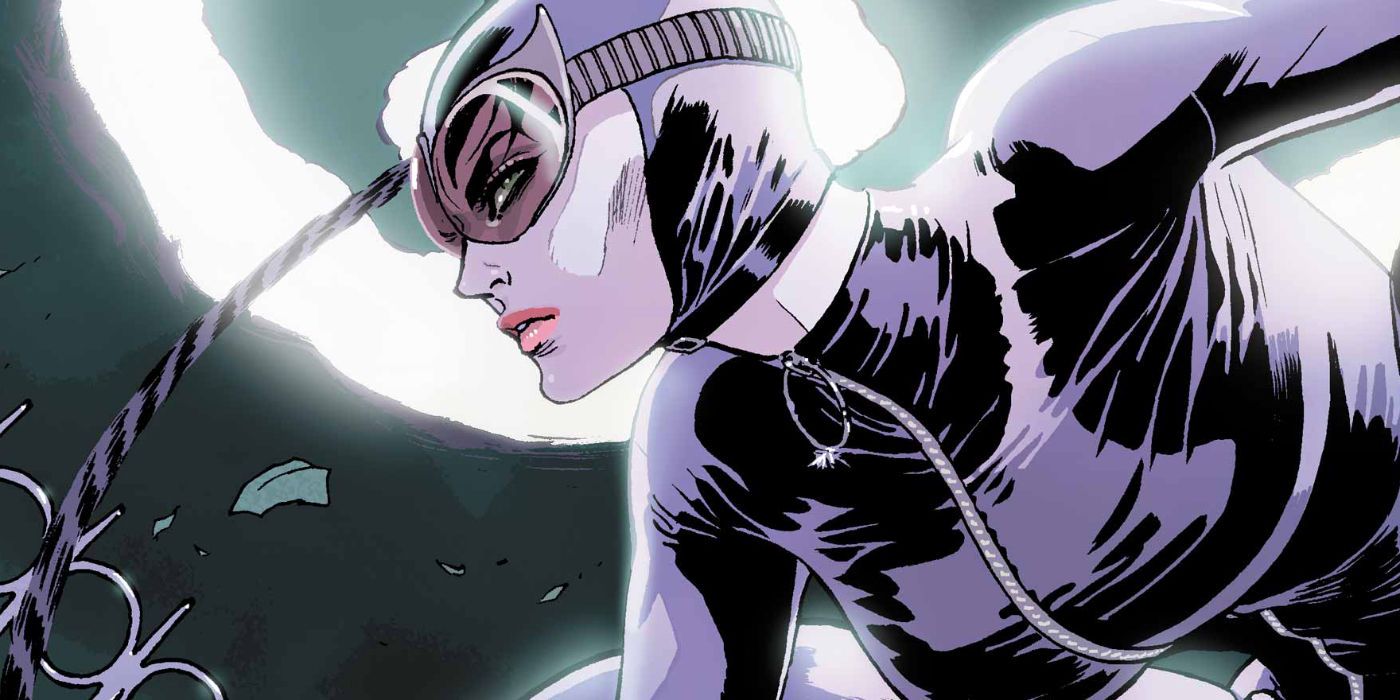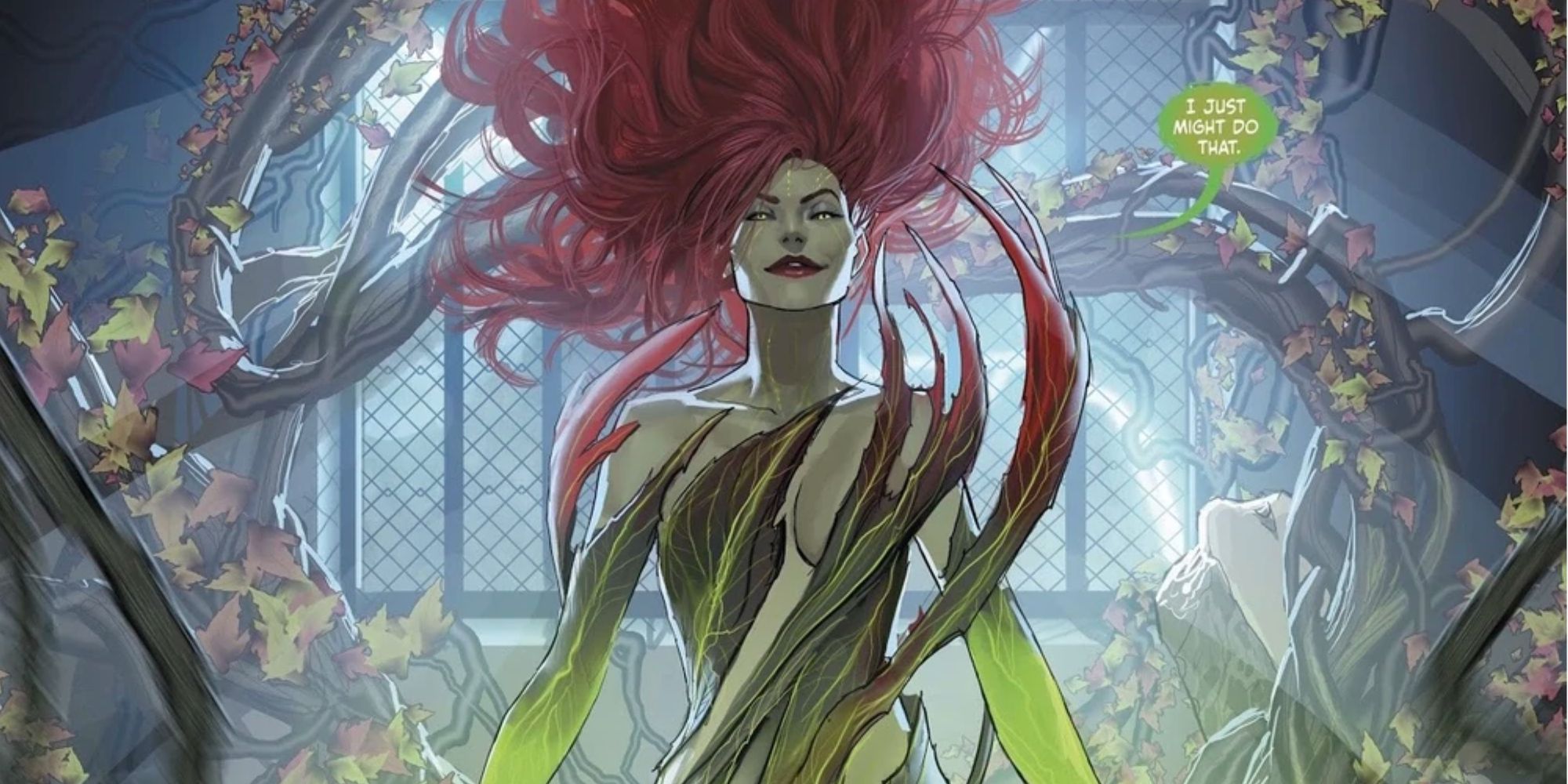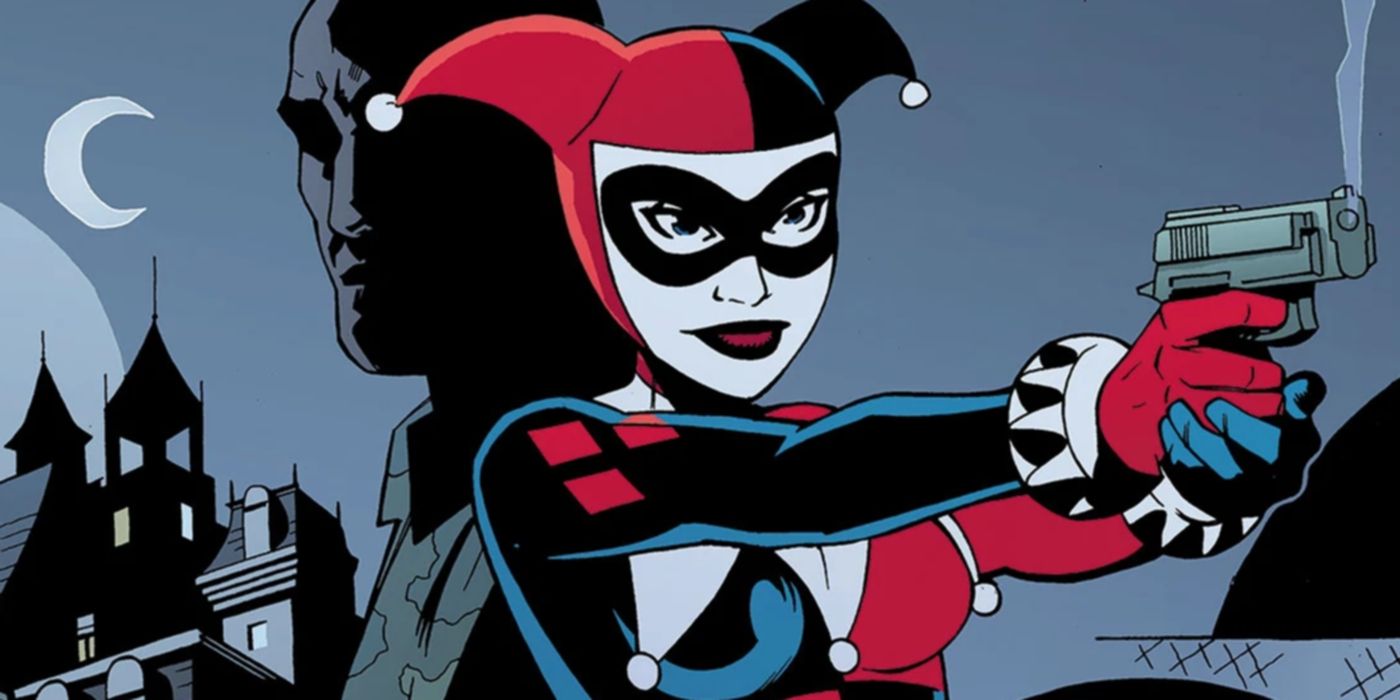The HBO Max animated series Harley Quinn features perhaps the most complex change arc for supervillains turning into antiheroes DC Comics fans have seen on screen. Both Harley and Poison Ivy transform from former villains with little regard for others to nuanced figures dedicated to their own particular causes and more importantly, each other.
Many other classic antiheroes exist in DC Comics, including many associated with Batman. The DC Universe in many respects pioneered the idea, especially in the 1980s, which saw the comics introduce numerous characters that challenged traditional notions of what it meant to be a classic superhero.
The Comedian
The Comedian in many respects represents the prototypical antihero. Ostensibly a superhero fighting for America and its values, he helps the country win its wars and preserve its freedom. He also indiscriminately kills civilians in Vietnam and ruthlessly attacks peaceful protestors in the United States.
He also does unspeakable things to the Silk Spectre and assassinates President Kennedy in his dark, alternate reality. His arc in Watchmen, among the best comic books ever made, challenges the notion of what it means to be a hero and who heroes really are.
Amanda Waller
Amanda Waller works for the United States government, running Task Force X and the Suicide Squad. Her work saves lives and protects the country, but the way she goes about it moves her firmly into antihero territory. She uses mostly incarcerated supervillains, whom she controls by implanting explosives in their heads, to accomplish her goals.
She also cares little for the collateral damage her missions generate or the lives she's usually responsible for. She believes in only the mission and achieving the outcome no matter what.
Black Adam
Black Adam counts among Shazam's coolest and most powerful comic book villains, and in recent years, he's evolved into an antihero. He joins forces occasionally with the Justice Society of America (as it seems he might in the upcoming Black Adam movie) but he rarely displays the caution or concern other heroes do.
His powers generate enormous collateral damage that he rarely cares about, despite the fact he has fought to save the world, including helping defeat Ultraman and the Criminal Syndicate of America.
Jason Todd
Jason Todd numbers among the best characters to be Robin in DC Comics and arguably the most tragic. He died at the Joker's hands in perhaps the most brutal Batman comic book storyline and then returned as Hush, a villain, before evolving into Red Hood. He never quite fit the bill as a hero, always butting heads with Batman, and he's even less of one now.
Todd kills a Joker during the Three Jokers storyline in revenge for what happened to him, showing that despite his actions as a member of the larger Bat-Family, he remains firmly outside the definition of a hero.
Deadshot
Deadshot like many antiheroes in DC Comics starts out as a traditional villain. He serves as a mercenary taking on impossible jobs, which he's perfectly suited for as he's among the best sharpshooters in the world. Thanks to his involvement with the Suicide Squad, he morphs into an antihero with a complicated past.
Deadshot started as a vigilante, not unlike Batman, before becoming a mercenary. He walks a fine line between hero and villain, though he often considers others before himself, especially his family.
Lobo
Lobo works as a bounty hunter in deep space and harbors no moral code whatsoever except for keeping his word. That often puts this violent character in situations where he functions as a hero. It never involves ethics or morality for him, though. A job is a job, and he does whatever the assignment requires.
Lobo's strength, power, and ruthlessness make him a great ally to have, but he's completely unreliable. If a bounty comes in on a friend or former partner, he takes it the same as he would one for a complete stranger.
John Constantine
John Constantine numbers among the most powerful magical beings in DC Comics, and he often uses his mystical skills to help other people. He helped Swamp Thing gain a better understanding of himself and his powers, but Constantine's life and work often require difficult choices and extreme sacrifices.
He lies, he cheats, he steals, and he does whatever it takes to get the job done. Often his exorcisms and interventions result in negative impacts for those he's trying to help, but he's the only help they have.
Catwoman
Catwoman debuted in Batman #1 back in the Golden Age of Comics as a clear-cut supervillain but she's evolved dramatically in the last 80 years. Catwoman remains a cat-burglar and thief without peer, but she fights alongside Batman for Gotham's sake so often it's difficult to consider her a villain at all anymore.
Selina Kyle possesses her own moral code, which mostly revolves around herself. But she does often help others in need, especially those without her advantages and skills.
Poison Ivy
Poison Ivy also began as a typical Batman villain, first appearing in Batman #181. Her current role as an antihero remains much more complicated than Catwoman's. Ivy fights to protect the environment, and by proxy, humanity, which makes her a unique hero in comic books. She often goes about it in extreme, violent ways.
Ivy cares little for those standing in her way and in most cases would prefer there to be fewer human beings in general. Only her close relationship with Harley Quinn keeps her invested in humanity.
Harley Quinn
Few characters in DC Comics experience the change Harley Quinn has. She began as a goon in the Joker's gang in the iconic Batman: The Animated Series before appearing in the comics. Almost from the beginning, Harley refused to stay inside the box the Joker put her in. Though she remains a violent character, she mostly functions as an antihero.
Her schemes often resemble that of typical villains, especially in the HBO Max animated series, but her actions mostly serve to advance her from a standard villain to a more complex figure with her own ethics and code.

